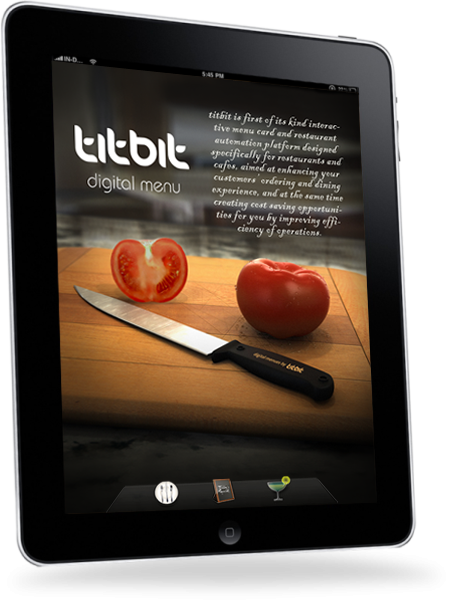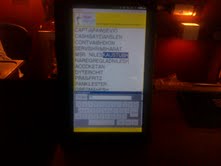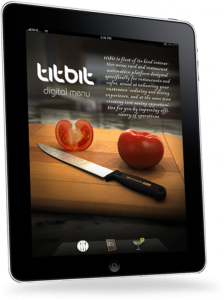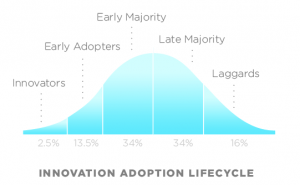Why this change? Are we trying to reduce customer interaction ? The only rationale is to create a “wow” effect for the customer? What is the impact on efficiency?
To understand ,let us first understand traditional ordering process.Order is taken at the table > Waiter/Captian raises KOT(Kitchen order Token) slip> KOT slip is sent to Kitchen> On receipt of such slip the orders goes in for preparation.
Now what is the pain point for the restaurateur and how Tablets have revived the processes.
- From the time order is taken , the waiter can be interrupted many a times, resulting in delay of processing the order.
“For multilevel restaurants which have multiple eating areas , the time taken to collect the order and place it , can be much more” – Pankil
Pankil Shah , Co Founder @ Woodside Inn , mentions how they have used technology to increase efficiency and still manage to retain the typical restaurant charm. Easy way out : give tablets to restaurant waiters not the end customers.
- Vijay Lakshmanan, Co-founder Valgen , quotes “Feedback at its current state is neither actionable nor meaningful.”
Unless the feedback data is collated , it fails to lead to customer delight. Tablets becomes a better, faster and higher(in number) tool.
Valgen Cue , a Android Tablet uses ‘Tap & Swipe’ methodology for Feedback, which helps to measure customer experience in real-time & gives analytic and pointers that excites one to act-upon ,which ultimately results to customer delight.
- Menu management for restaurants is a very expensive process, not simply in terms of the costs of making the menus but also through intangible, indirect costs like varying commodity prices, ability to react to consumer feedback and unavailability of certain items due to unforeseen circumstances-quotes Nikhil Lagoo, VP Sales @ Titbit. Titbit’s iPad based digital menu platform gives restaurants an ability to manage menus dynamically and also enhances the guest experience at the restaurant.The guest can now browse the digital menu with High Definition images of menu items, description of item, key ingredients etc. and also place order from the digital menu. The seamless workflow benefits restaurants with increase in revenue through an increase in order tab, faster table turns and repeat customers.
- Employee training has a long learning curve in F&B space. Tablets being visual , makes the learning curve shorter.
Touchscreen technology in F&B space is currently seeing a lot of Innovators and Early adopters. Indian-origin start up EMO2 (also a Blume Portfolio) is taking customer delight to a higher level by launching tablets meant for tables and walls. Now, your table can become your menu ! A recent successful campaign of EMO2 with Cafe Coffee Day ,Bangalore, shows a healthy end-customer adaptability.By using similar platform ,restaurants can engage customers in many ways including menu updation via cloud; relevant and targeted advertising; appeal to a happy customer to ‘like’ the business page on Facebook or tweet about an experience.There are several players in India like Bombil Menu App, Yotto Labs , Tveen Technologies who develop restaurant based applications for Tablets.
The success of Tablets entirely depends on effective implementation. A good tablet with order processing app, inbuilt POS , Feedback mechanism , Social share app can go far to improve efficiency.Indian F&B is going through interesting phase of technology adoption , we shall soon witness a shift from Early Adopters to Early Majority.
PS: This article has been done after extensive interviews/research and talking with people in the restaurant industry who utilize these new tablets and also those who provide tablets and products to these new restaurants.
Many of these people are our customers – Woodside Inn, Titbit, Tveen Technologies and we would be more than glad to help more technology pro-people to adopt new technology with Exotel and our eco-system.









 +91-8088919888
+91-8088919888 +61-2-8073-0559
+61-2-8073-0559 +62-215-098-4960
+62-215-098-4960 +60-3-2771-2799
+60-3-2771-2799 +65-6951-5460
+65-6951-5460